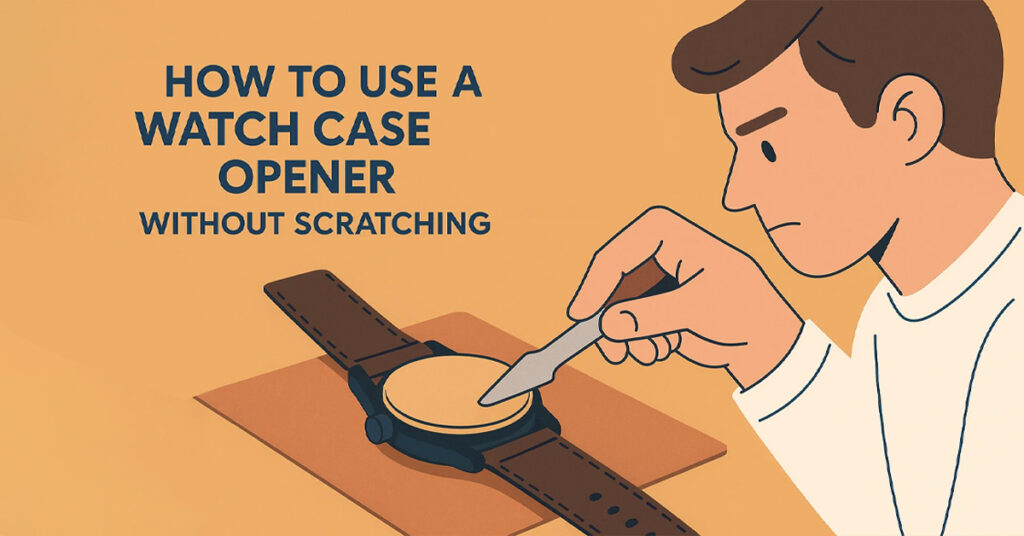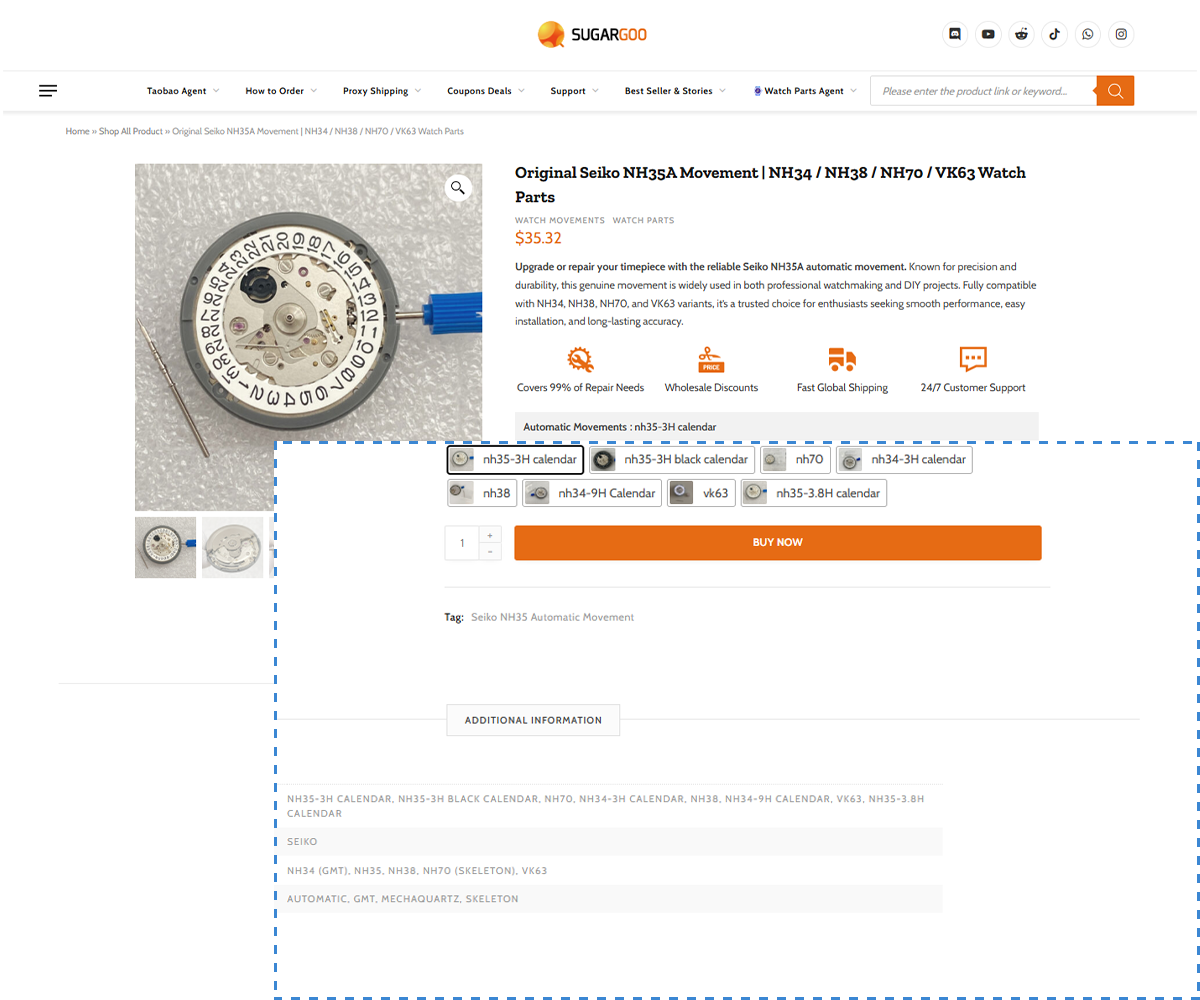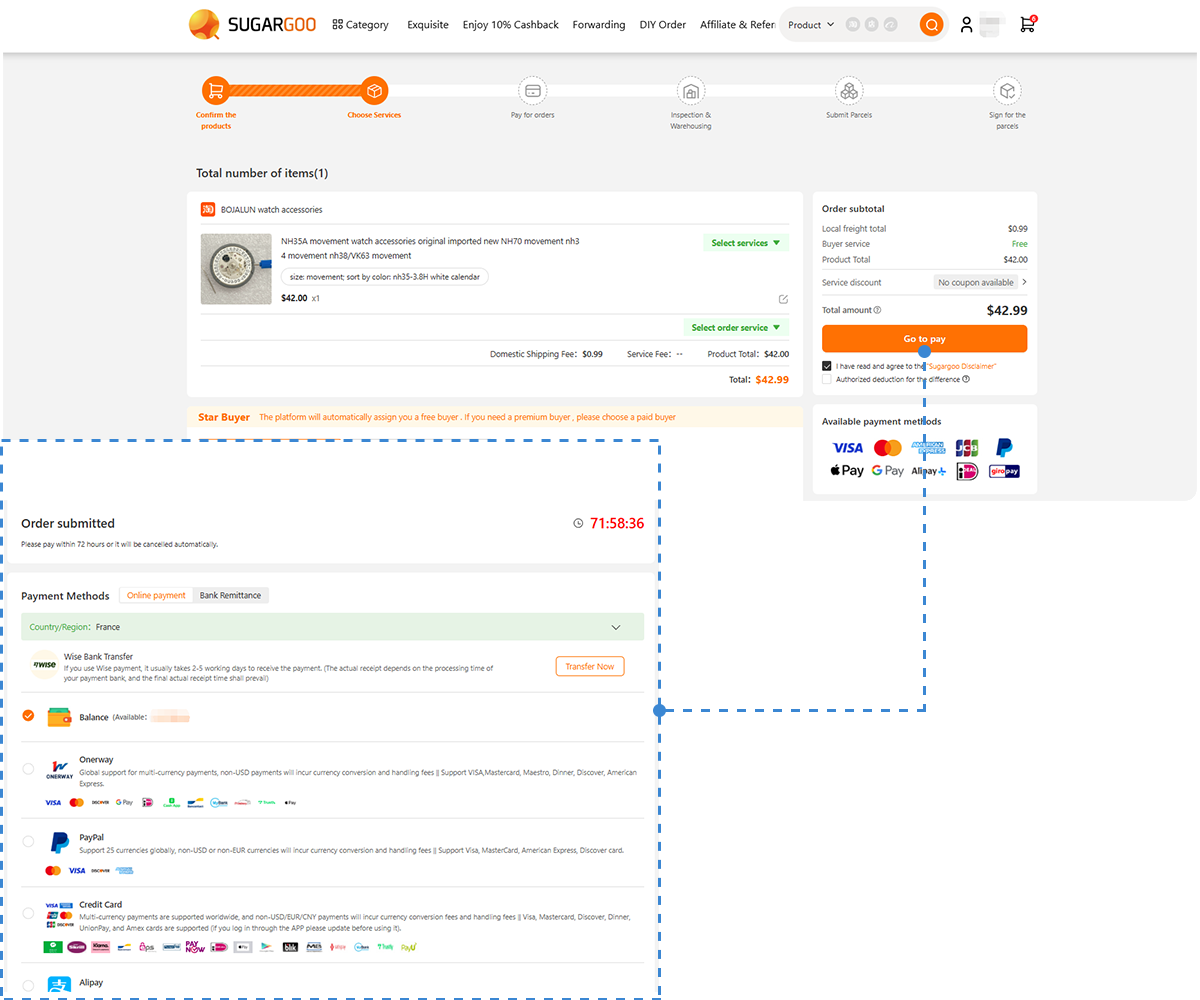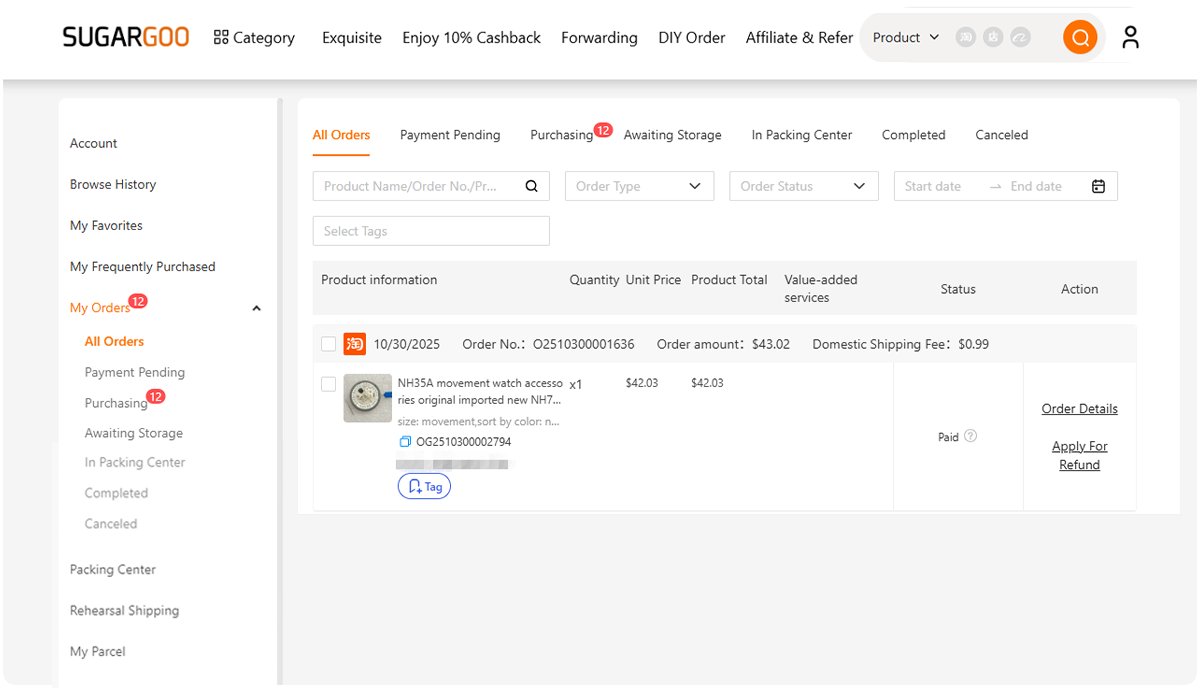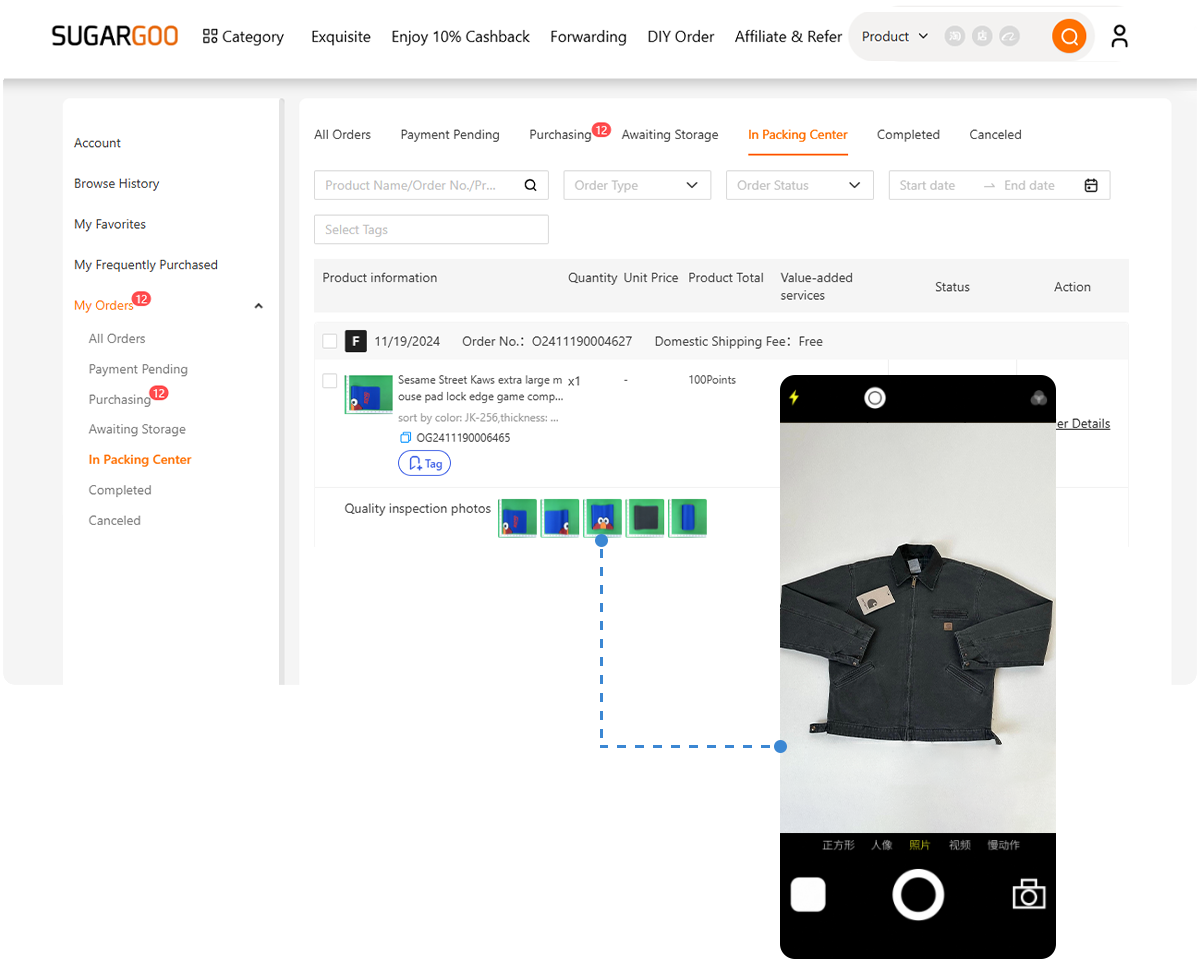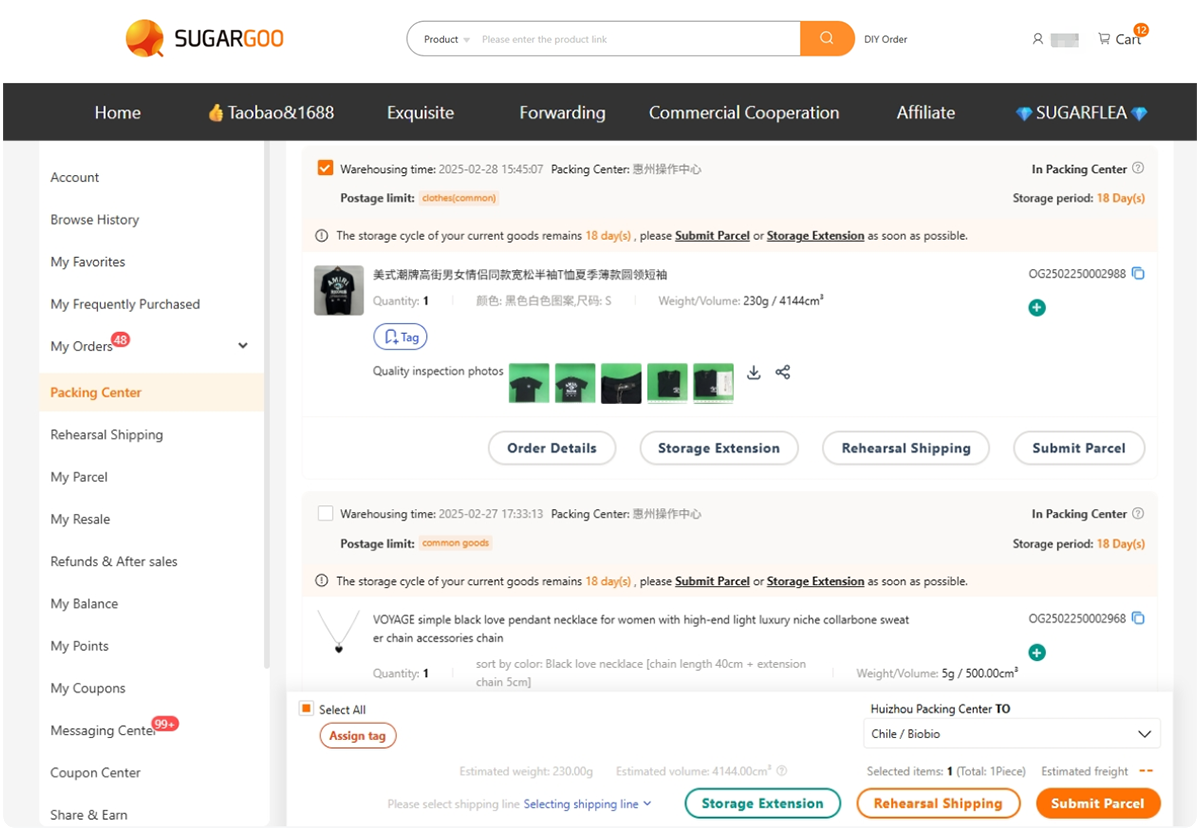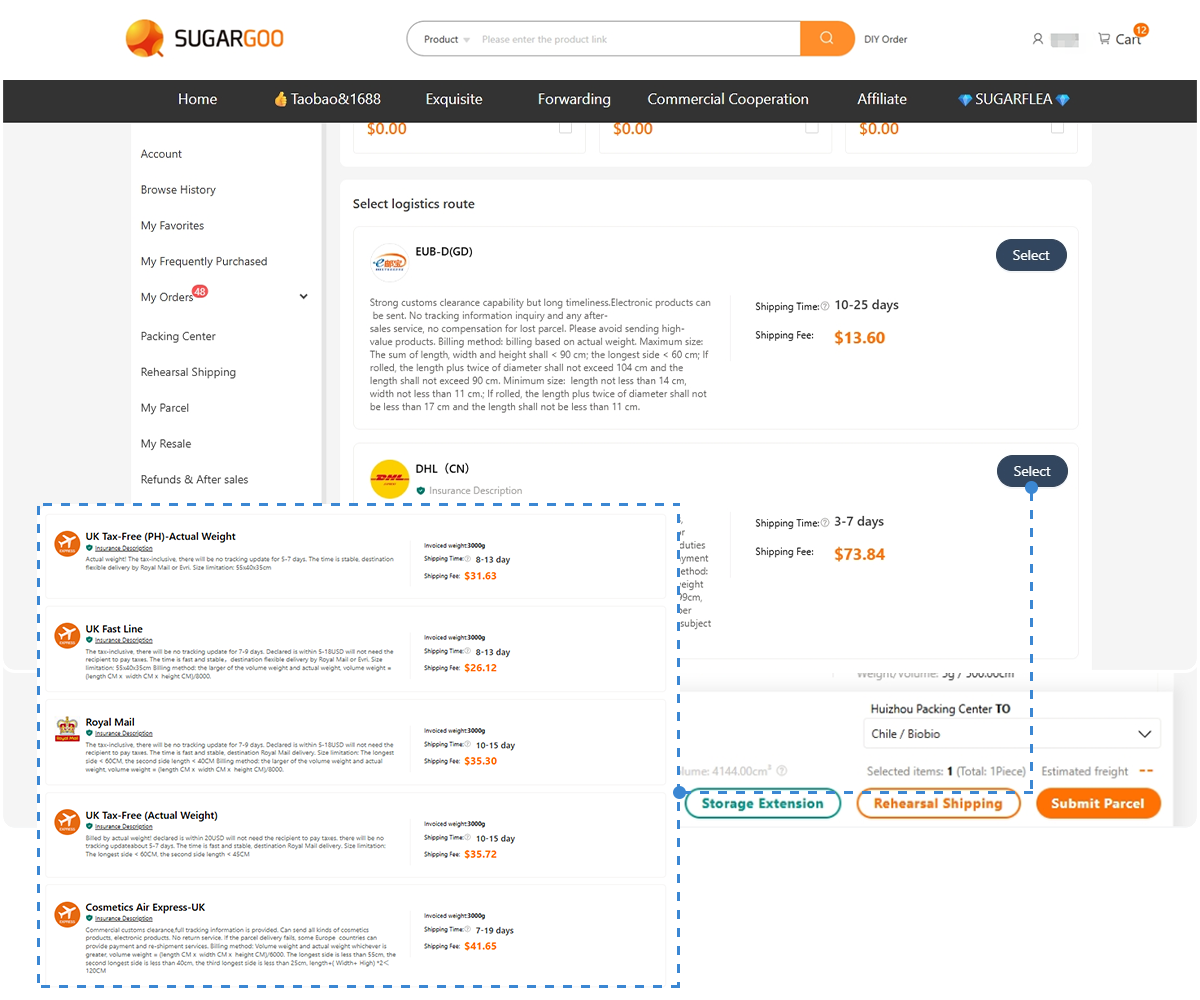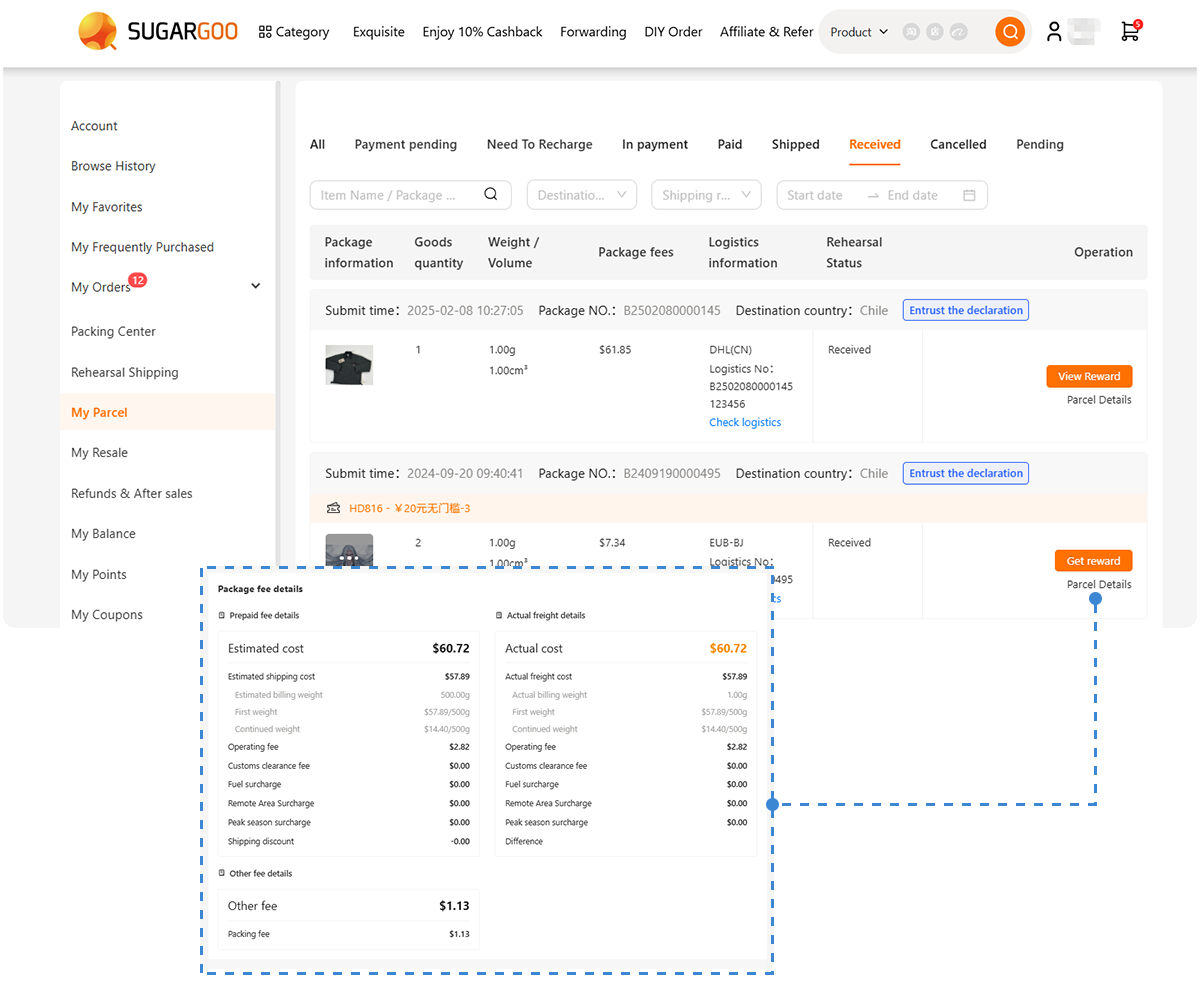Opening a watch case sounds simple—until you scratch the back of your favorite timepiece or slip and dent the lugs. Whether you’re swapping a movement, changing a battery, or inspecting gaskets, learning how to open a case the right way saves both your watch and your nerves.
The good news? You don’t need years of experience or a full watchmaker’s setup. You just need a bit of technique, patience, and the right kind of tools. In this guide, we’ll walk through every step of using a watch case opener safely and effectively, plus explain what not to do if you care about preserving your case finish.
Why Watch Case Opening Requires Precision
A watch case protects the movement from dust, moisture, and shock. The case back forms part of the sealing system—so every time you open it, you’re dealing with delicate pressure points and finely machined threads.
If you use the wrong tool or angle, a single slip can:
- Scratch or gouge the metal surface, ruining the finish.
- Warp the case edge so it never closes tightly again.
- Damage internal seals, reducing water resistance.
- Leave tool marks that are nearly impossible to polish out.
Learning the correct technique isn’t just about aesthetics; it’s about keeping the watch functional and airtight.
Understanding Different Case Back Types
Before grabbing your opener, identify what kind of case you’re working with. The tool and approach depend on this.
- Snap-off (press-fit) backs – Common on quartz watches. The back is pressed into place and can be popped off with a small prying blade.
- Screw-down backs – Found on most automatic and diver watches. They have multiple notches or a grooved edge for a wrench or ball-type opener.
- Case backs with screws – Usually rectangular or vintage models. Small screws hold the back in place; use a precision screwdriver instead of a pry tool.
Not sure? Use a loupe and inspect the back. If you see fine notches along the edge, it’s a screw-down. If the edge looks smooth but has a small lip or groove, it’s snap-fit.
The Essential Tools You’ll Need
You don’t need much, but the right equipment makes all the difference:
- Watch case opener (knife-style for snap-off; adjustable wrench or ball for screw-down)
- A case holder or soft vise to stabilize the watch
- Protective tape or film to cover lugs and polished areas
- Rubber ball opener for light torque on screw-downs
- Tweezers and a blower for dust removal
You can find all of these tools in Sugargoo’s watch repair tools section, and complete beginner kits listed under the watchmaker’s toolkit checklist.
Step-by-Step: How to Open a Watch Case Safely
Step 1. Prepare Your Workspace
Work on a stable, flat surface with plenty of light. Lay down a soft microfiber pad so your case doesn’t get scratched. If possible, use a movement holder or a case vise.
Cover the lugs with masking tape or protective film—this prevents accidental scratches when the tool slips.
Step 2. Choose the Correct Tool
For snap-off backs, use a thin, flat case knife.
For screw-down backs, use an adjustable case wrench with the correct pin spacing, or a friction ball for lighter torque.
Never use a pocket knife or household blade. The steel is too hard and will bite into the case.
Step 3. Find the Entry Point
Inspect the edge carefully. Snap-off cases have a tiny notch or gap—usually near a lug. That’s your leverage point.
Insert the blade gently at a low angle, then twist slightly, not push. You’ll feel the case back lift off cleanly.
If it doesn’t move, don’t force it. Rotate the watch and try another edge; sometimes the notch is hidden under the strap.
Step 4. Opening Screw-Down Backs
Adjust the pins on your case wrench to fit the notches. Press the tool firmly but gently to keep contact steady.
Turn counter-clockwise slowly until the seal loosens. If it’s tight, use a rubber friction ball—it grips without scratching.
Keep constant downward pressure so the wrench doesn’t slip across the metal.
Pro Tip: Always check if the case back has thread-locking compound or adhesive. Heat it slightly with your hand (not a torch!) before attempting again. It loosens the grip safely.
Step 5. Lift and Inspect
Once the case is open, lift it straight up, not at an angle.
Avoid touching the movement—skin oils attract dust. Use a blower or clean tweezers if you need to handle internal parts.
Before doing any repair, take a quick photo of the gasket and orientation. This makes reassembly much easier later.
Reclosing the Case
For Snap-Fit Backs
Align the case back properly with the notch, then press evenly using your thumbs or a case press tool.
Never hammer or push from one side—this can bend the edge and ruin the fit.
For Screw-Down Backs
Lightly lubricate the gasket with silicone grease. Then tighten clockwise using the same tool, but don’t overtighten.
You’re aiming for snug, not locked. Too much torque can strip threads or crush seals.
Common Case Opening Problems and Fixes
| Problem | Cause | Solution |
|---|---|---|
| The case opener slips and leaves a mark. | Wrong tool angle or too much force. | Keep the blade flat and twist, not pry; use tape on edges |
| Back won’t budge. | Dried gasket or corrosion. | Warm the case slightly and apply steady pressure, not jerks |
| Screw-down notches deform, | Pins misaligned, or a wrench slipped. | Reset wrench spacing; keep downward pressure even |
| The gasket tore during opening. | Age or excessive dryness. | Replace the gasket before resealing the watch |
| Dust entered the movement. | Opened case uncovered or without a blower. | Always cover the dial side and clean before closing |
How to Avoid Scratches Entirely
Protect before you start. Tape around lugs, bracelet ends, and back edges.
Keep the tool sharp but smooth. A dull blade requires more force; a polished edge slides cleaner.
Work slowly. Most scratches happen during haste, not difficulty.
Use the right opener for the case type. For example, diver watches often need a wrench, not a knife.
Practice on cheaper cases first. Every steel grade feels slightly different under pressure.
What to Do After Opening
Before closing your case again:
- Inspect the gasket and replace it if it is brittle.
- Check the threads for debris.
- Use a watch cleaning cloth to remove fingerprints.
- If you’re working on an automatic model, verify the rotor spins freely.
- Apply silicone grease to seals to maintain water resistance.
Once sealed, test the timekeeping for several hours before wearing it again.
Buying Reliable Tools and Parts
A poor-quality case opener is one of the fastest ways to damage a watch. It’s worth investing in proper gear, even if you’re just a hobbyist.
Sugargoo makes it easy to find reliable watch case back openers, gaskets, and accessories from verified Taobao sellers.
With Sugargoo, you can:
- Source tools, cases, and repair parts from multiple stores in one order.
- Get QC photos before shipping. (See our QC guide.)
- Combine orders with other components, like watch cases or custom watch parts.
- Save on international delivery with order consolidation.
If you’re new to watch modding, it only takes a minute to register for free and browse starter kits that include openers, holders, and protective accessories.
Opening a watch case without scratching it comes down to one thing—control. Use the right tool, the right angle, and never rush. If you feel resistance, stop and reset your approach. With practice, you’ll develop the touch that professionals rely on every day.
Whether you’re replacing a movement, modding your first Seiko, or checking a gasket, remember: the cleaner your technique, the longer your watch will look brand new.
For more guidance on essential tools, check out Everything You Need to Start Watch Modding — and take your DIY skills to the next level.
